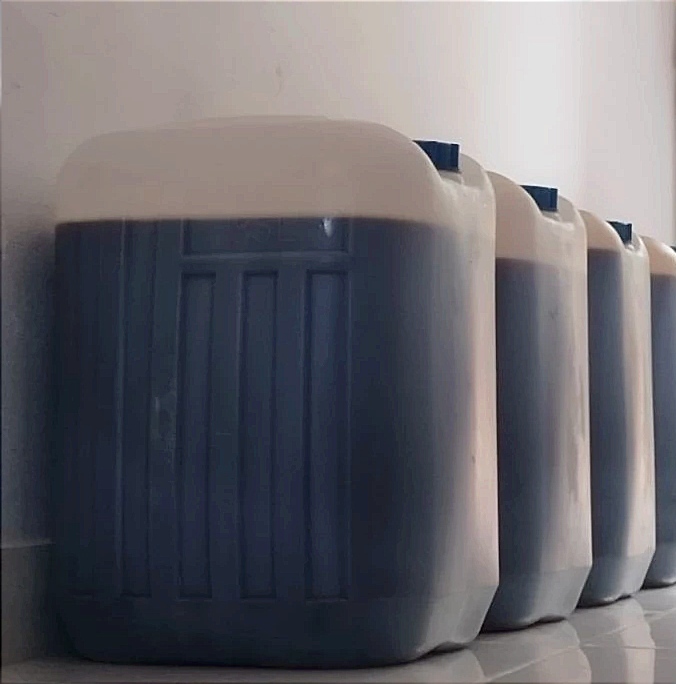
Liquid vanilla, also known as vanilla extract, is a staple ingredient in kitchens worldwide, cherished for its distinctive and versatile flavor. This article delves into the nature of liquid vanilla, its production process, types, uses, and tips for selecting and storing it.
What is Liquid Vanilla?
Liquid vanilla is an extract derived from vanilla beans (Vanilla planifolia), which are the pods of an orchid species. The process involves macerating these beans in a mixture of alcohol and water to extract their essential oils and flavors. The result is a rich, aromatic liquid that enhances both sweet and savory dishes.
Production Process
- Harvesting: Vanilla beans are harvested from vanilla orchids, usually after they’ve matured. They are then cured through a lengthy process involving blanching, sweating, drying, and conditioning, which develops their complex flavors.
- Extraction: The cured vanilla beans are soaked in alcohol and water. The alcohol acts as a solvent, drawing out the vanilla’s flavor compounds, including vanillin, which is responsible for the primary vanilla flavor. This mixture is then aged to deepen the flavor before it is filtered and bottled.
- Quality Control: High-quality liquid vanilla undergoes rigorous testing to ensure purity and flavor consistency. The concentration of vanilla extract is often indicated on the label, with pure vanilla extract typically having a higher vanilla bean content.
Types of Liquid Vanilla
- Pure Vanilla Extract:
- Made from real vanilla beans and alcohol.
- Offers a rich, authentic vanilla flavor.
- Considered superior in quality and is more expensive than imitation varieties.
- Ideal for baking and cooking where the depth of flavor is crucial.
- Imitation Vanilla Extract:
- Produced using synthetic vanillin, often derived from guaiacol or lignin.
- More affordable and has a less complex flavor profile.
- Commonly used in processed foods and in recipes where the subtlety of natural vanilla is less critical.
- Vanilla Bean Paste:
- A thick, syrupy mixture containing vanilla bean seeds, extract, and sometimes a binding agent.
- Provides a more robust vanilla flavor and adds visual appeal with specks of vanilla seeds.
Uses in Cooking
- Baking: Liquid vanilla is a key ingredient in many baked goods, including cakes, cookies, and pastries, where it complements the sweetness and enhances overall flavor.
- Desserts: It is essential in custards, ice creams, and puddings, imparting a warm, comforting aroma.
- Savory Dishes: Vanilla can also add an unexpected twist to savory dishes, such as sauces and marinades, balancing flavors and adding depth.
Choosing the Right Liquid Vanilla
- Read Labels: For the best flavor, opt for pure vanilla extract, which should be listed as the primary ingredient. Avoid products labeled as “vanilla flavor” or “imitation vanilla.”
- Check Concentration: Look for products with a high vanilla bean content. Labels often indicate whether the product is “single fold” (standard concentration) or “double fold” (more concentrated).
- Consider Cost: Pure vanilla extract is more expensive, but its superior flavor can be worth the investment for high-quality dishes.
Storing Liquid Vanilla
- Keep it Cool and Dark: Store liquid vanilla in a cool, dark place, away from heat and light, which can degrade its quality.
- Seal Tightly: Ensure the bottle is tightly sealed to prevent evaporation and contamination.
- Shelf Life: Vanilla extract can last for several years if stored properly, though its flavor might mellow over time.
Conclusion
Liquid vanilla is more than just a flavoring; it’s a versatile ingredient that can transform both sweet and savory dishes. Understanding its types, uses, and how to choose and store it will help you make the most of this beloved culinary essential. Whether you’re a professional chef or a home cook, liquid vanilla can elevate your cooking, providing that unmistakable touch of elegance and depth.

